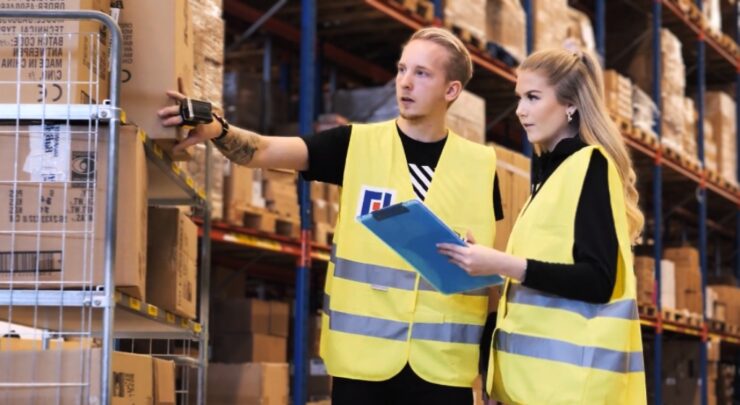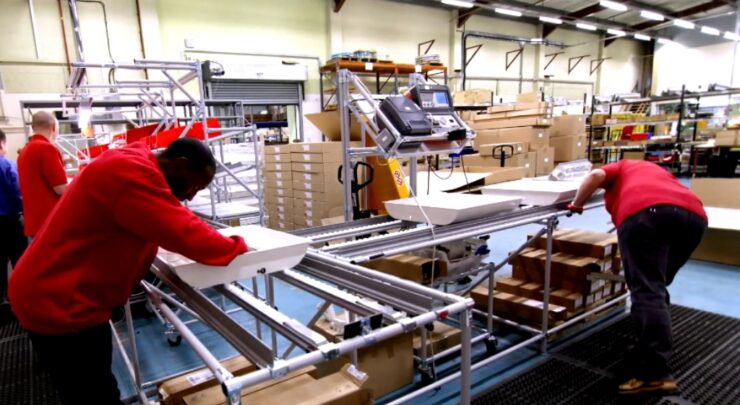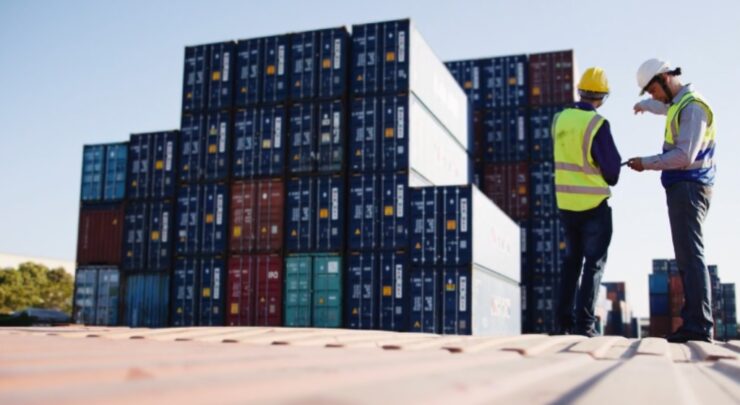The supply chain is much like a living organism. It has a few phases of development. It all starts from raw materials that are made into the finished product and consequently moved towards the end consumer. What happens in between is closely tied to the world of distributors, wholesalers, and retailers.
The supply chain is vital for many industries due to its ability to facilitate the movement of goods. Efficiency matters when you want to cut the chase from raw material to the end product. When you’re a part of a well-run supply chain the advantages in cost reduction, speed of delivery, and customer satisfaction are easily visible.
Each product that goes through a supply chain has its transformation path. It starts as a raw material, before slowly moving into the manufacturing process before it becomes a part of distribution, and finally retail. The transformation process of the goods, and their interesting journey is all part of the supply chain and the links that make one function like a clockwork.
The end goal is to have satisfied customers who receive their goods in pristine condition and on schedule. Let’s see where it all starts.
The Starting Point – Manufacturers
When you look at the supply chain as a living organism you must conclude that manufacturers are the backbone of the whole process. As you probably know it is their job to make raw materials into consumer goods. The processes in which they do this can vary from different chemical reactions to simple assembly or genuine crafting.
At the beginning of a supply chain, it is up to them to produce goods in necessary quantities, with good quality, and form the starting price of the product. Their value can’t be understated, and outlets such as GlobalSources often pinpoint the differences between manufacturer vs. wholesaler or wholesaler vs. retailers which is important to know if you’re interested in learning how a true supply chain operates.
Distributors – The First Link
When it comes to supply chains a well-oiled machine is necessary to produce quality work. The first link and the one that needs to be as strong as the manufacturer are the distributors. In simple terms, they act as a middleman in the supply chain. They’re the link between the manufacturer and resellers.
What makes them a valuable link is the fact that they’re in charge of moving the goods through distribution channels, in the process of which they handle the logistics and storage. In many areas of expertise and supply chains all over the world distributors often have exclusive agreements with manufacturers, making them the first and often the most important links in the supply chain.
Understanding the intricate web of the global supply chain involves recognizing the key players, including the leading oil-producing nations, as highlighted in the related article.
Wholesalers – The Road From Bulk Buying to Retail
Wholesalers have a clear purpose in every supply chain. Their job is to buy the goods from distributors in large bulk. They often buy the products directly from the manufacturers thus jumping over one of the links in the chain. When they have the goods, they cut them into smaller pieces and ship them out to the retailers.
Thanks to the wholesalers, the amount of work a manufacturer needs to have is lowered. As a consequence, the goods are quickly shipped to the end buyers thus making the manufacturer look good. In many ways, wholesalers appear to be like retailers but the difference lies in the quantity of goods they’re moving in one go.
Retailers – Consumer’s Last Stand
What makes a retailer a vital part of any supply chain is that they’re the ones who converse directly with the consumer. Retailers are all of your local liquor and cigar shops, gas stations, and even massive outlets such as Amazon. In a supply chain, they’re the final stand. It’s where the consumer gets the end product, clearly visible, and conveniently available.
The main job of every retailer is to give the customers a choice, easy access to all of the goods they’re selling, and even provide services that come post-sale. Their value to manufacturers, wholesalers, and distributors lies in the fact that they’re the ones who interact with customers and provide insights into customer behavior, needs, and desires.
Supply Chain Challenges
While a well-run supply chain runs like a clock, they often face challenges. Like any other industry, they can’t escape facing issues that need to be overcome. One of the biggest issues they often face is the delay of goods. In addition to that some products might be out of stock, or simple communication issues might slow down the whole organism.
Supply chains are often influenced by global events such as pandemics, and wars, all of which can affect both production and distribution making it hard for a supply chain to operate. To ensure demand is satisfied and transportation is handled the right way, supply chains need to focus on resilient and flexible operations.
What The Future Holds?
While supply chains have been in use since the ancient times of trade, the ties are changing. One of the models that could disrupt the system as we know it is the Direct-to-Consumer model. DTC aims at removing the traditional middleman from the equation.
This is a trend that will not go away anytime soon. When you add technological revolution which is currently ongoing, it is hard not to imagine that the supply chain as we know it will disappear or it will be altered. The coming years are crucial for the traditional supply chain and we can witness how it will be redefined and adjusted accordingly.
















